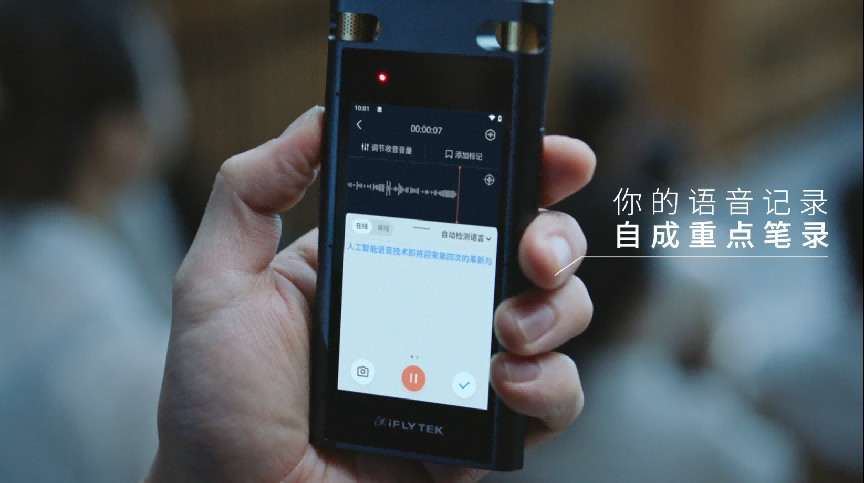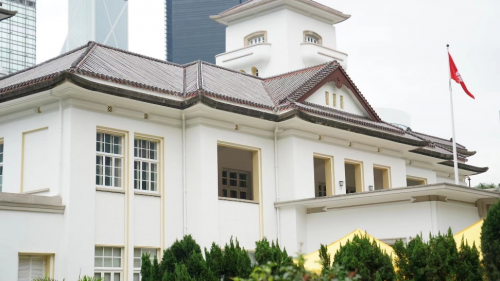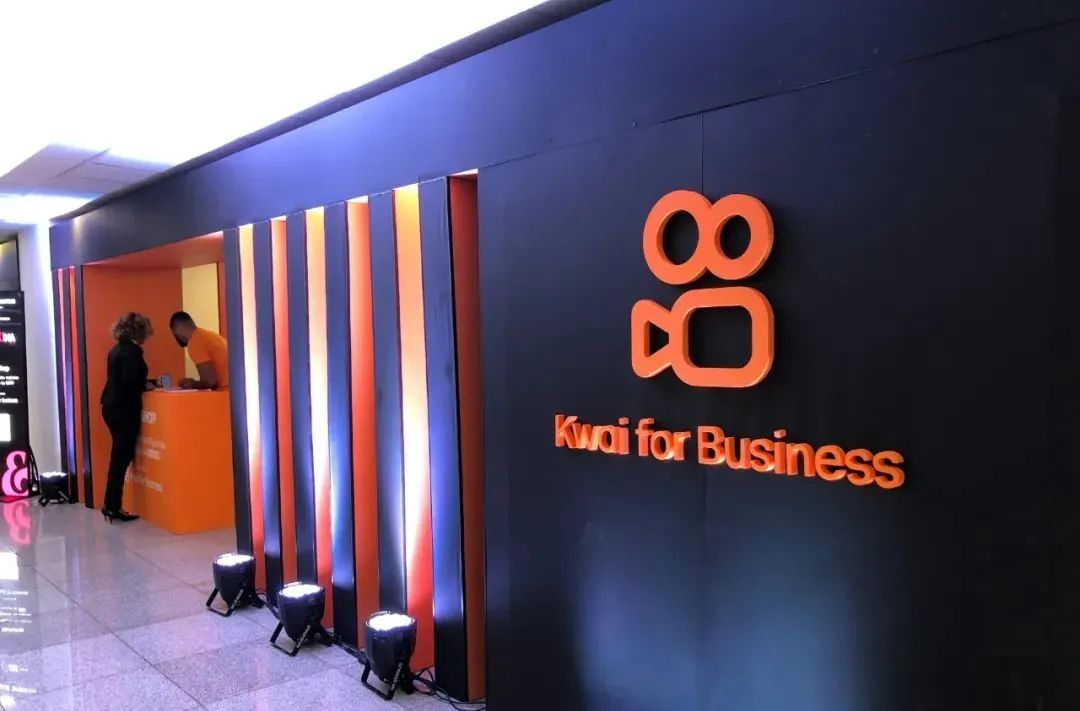Pilot project shows Delhi's goal of 24x7 water supply is a long shot
The Delhi government harbours a dream of providing 24x7 water supply to city residents and has been long exploring possibilities in this regard, but if a pilot project is anything to go by, it may take decades for the scheme to become a reality, owing to the massive size of the distribution and monumental challenges.
On an average, each household in Delhi gets around four hours of water supply per day.The Delhi Jal Board (DJB) supplies around 935 million gallons of water per day (MGD) against the demand of 1,140 MGD.
To cover the deficit, the utility has a number of plans in the pipeline, including setting up new water treatment plants and storing water in floodplains of the Yamuna river but that too will take time.
In a city where lakhs of people rely on illegal borewell and private tankers, and 42 per cent of water gets stolen or leaked, showing continuous water supply is a long shot.
The DJB first discussed the ambitious idea of continuous water supply in 2009 and started a pilot project, in a partnership with Suez Group, in January 2013, aiming at providing 24x7 water to every consumer in Malviya Nagar and Vasant Vihar areas.
According to officials, the deadline for completing the work was December 2014.
Around six and a half years later, the pilot project has covered only around 800 houses in two small pockets -- Navjeevan Vihar and Geetanjali Enclave -- in Malviya Nagar and 450 houses in West End Colony of Vasant Vihar, according to senior engineer Virender Kumar, who heads the project.
The entire work relates to covering 50,000 connections in Malviya Nagar and 8,000 in Vasant Vihar, he said.
The pilot project got delayed due to non-availability permission from land owning-agencies, including the municipal corporations, the Delhi Development Authority and the Forest Department, Virender Kumar claimed.
The pilot project is stuck because the utility does not have enough water to ensure 24x7 supply in the entire project area.
"In the project area, we are getting around 65 million gallons of water per day (MLD) against 80 MLD required to ensure continuous water supply.Currently, 24x7 water supply is available only in these three small pockets," Virender Kumar said.
"We cannot draw water from the quota of neighbouring areas as that would be unfair.People start asking questions -- why they are getting three hours of supply while others get water 24x7," he said.
On Saturday, Chief Minister and DJB chairman Arvind Kejriwal chaired a meeting of senior officials of the board and discussed several issues including problems faced by people due to the complex process of obtaining a new water connection.
"Providing water to people is our duty.We should not have any complex rules for new water connections," he said.
DJB member Shalabh Kumar said the round-the-clock supply project requires more water in initial phases because people generally don't believe it and start storing water.
In the areas covered by the pilot, people started storing water in underground and overhead tanks.These tanks have leakages, and a lot of water flows out through them, he said.
"When the 24x7 supply started, people kept their taps open all the time.But when the hefty bills pinched them, they minimized the use of water," Shalabh Kumar said.
The pilot has succeeded in bringing down non-revenue water (NRW) from 62 percent initially to 36 percent and the consumption from 600 liters per capita per day (LPCD) to around 200 in two pockets.In the third pocket, it is still around 350 LPCD.The reason -- a lot of big houses and gardens and thus, the consumption is more.
As per the Bureau of Indian Standards, a minimum water supply of 200 liters per capita per day is needed for domestic consumption in cities with full flushing systems.
NRW means water lost due to leakages or theft before it reaches the consumer.
"One of the major challenges is creating awareness about the judicious use of water.People use drinking water in their gardens and to wash their cars.You can educate them, but you cannot force them.Those who have the paying capacity need to know money cannot create water," another DJB official said.
"People need to learn resource management.Water is a natural resource.The DJB, which currently provides around 900 MGD, cannot suddenly supply 10,000 in two years," the official said.
Experts said to ensure 24x7 supply a leakage-proof pipeline network, constant water pressure, sensors and metered connections is a must to prevent leakages and theft.
In the existing infrastructure, the DJB supplies water at high pressure.So, whenever the supply exceeds the demand, say on rainy days, the pipelines burst at weak points, an expert said.
Virender Kumar said before starting the pilot, the DJB surveyed its existing infrastructure and carried out replacement works to improve the water supply network.
"We replaced 30-35 years old pipelines.Around 60 percent of the network in Malviya Nagar and 80 percent in Vasant Vihar had to be changed," Kumar said.
Most of the leakages are found in house-service connections.These pipes have a lifeline of 8 to 15 years.So, all the household connections have been changed, he DJB engineer said.
"Over the next two months, we will hire a consultant, who will study the entire DJB network and tell us about the improvements required.We are in the process of awarding the tender," he said, adding the feasibility report will be submitted by year-end.
Questioning the idea, water activist Manoj Mishra said that to extend the project to the city, the DJB first needs to meet the supply-demand deficit.
"It's not at all a sustainable or attractive idea.When you could not implement the pilot in Malviya Nagar, how can you implement the project in the entire city?The DJB's first priority should be making water available to every consumer," he said.
相关推荐






